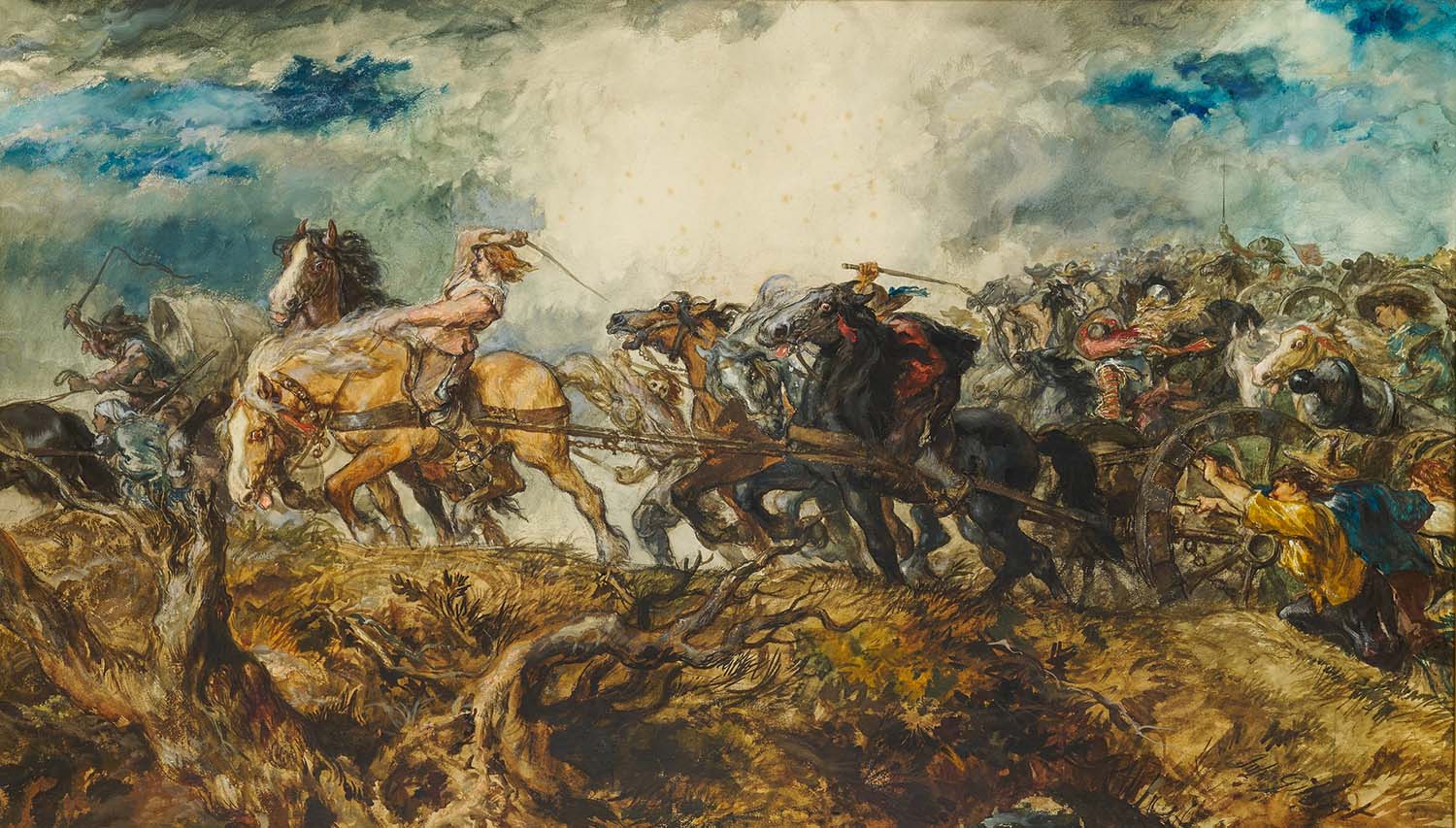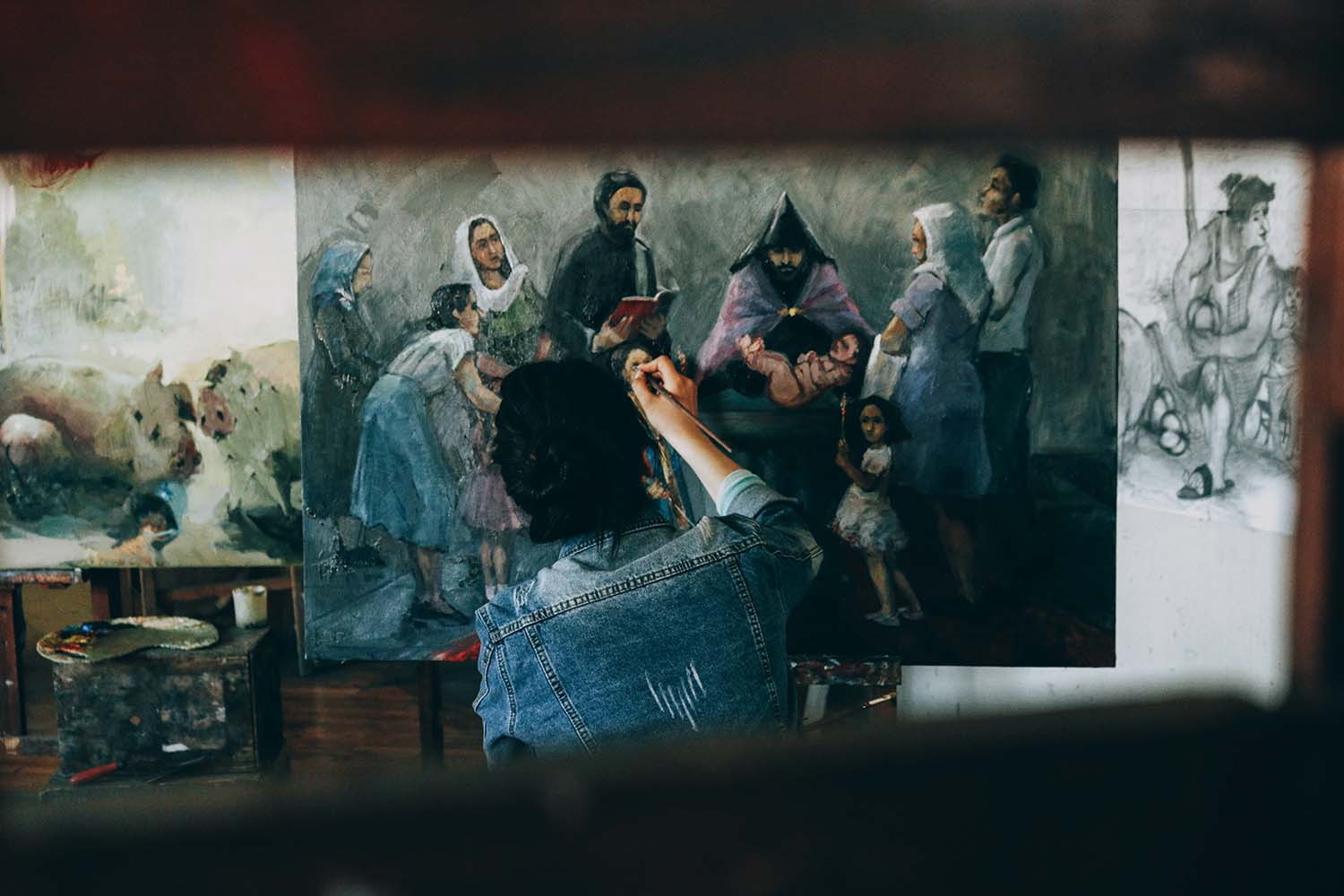For a lot of people, art is a fun and relaxing hobby that lets them create something on the spot. This is perfectly fine, although for others, art is a way to send an important message. To express their thoughts and feelings about the world around them. For them, art is a reflection of culture.
As you continue to read, you will learn some of the ways art, both in the past and present, has been closely connected to culture. Furthermore, how that can help us appreciate art even more.
1. Religion and Spirituality
Over thousands of years, art has been a way for people to show that they are devoted to their faiths. Therefore some of the most recognisable works are religious in nature.
For example, you have the Sistine Chapel and Pietà by Michelangelo. The Last Supper and Mona Lisa by Leonardo DaVinci. Massive structures like Christ the Redeemer, and various Buddha monuments seen throughout the East. The list can be practically endless. You can find art being used for religious purposes in every civilisation in human history.
Aside from showing devotion, religious art was used to help preserve their tradition and provide a way to visualise the stories that they were told or read. We can also look back on them today to see just how much religion played a role in the ordinary lives of the artist and others in their society.

Photo, Birmingham Museums Trust.
2. A Personal Account of Conflict
Throughout history, there have always been periods of unrest. Naturally, people can feel very strongly about what’s happening around them, and through art, they can get their thoughts out.
This is why there are so many works of art that are dedicated to depicting issues such as disease, warfare, famine, and poverty. Many of them are quite graphic. This lets viewers understand the severity of what was happening during the time. The Black Plague, the Civil War, and the Great Depression are perfect examples of this.
Even in recent times, art can still be used for this purpose. However it has expanded into modern issues that affect society. Something that will be discussed more in-depth in the next section.

Photo, BP Miller.
3. Social Values and Change
Art is a reflection of a culture’s values and the opinions of the people who are a part of it. With today’s current events, it’s more relevant than ever. However, it has never truly gone away, even in relatively quieter times.
In fact, many social issues have been around for decades and still exist today. For instance, there are civil rights movements such as Black Lives Matter, feminism, and LGBTQ, and you also have groups that advocate anti-gun violence and fighting against climate change and economic inequality. These are concerns that affect millions of people. So, naturally, people are compelled to speak up about it in different ways. Art is one of them.
Creating art not only helps spread awareness to bring about change, but it also gives people a way to cope with the challenges that society faces. More and more younger individuals are getting involved. Particularly due to these problems crossing generations. Unfortunately, it’s also contributing to a rise in mental health concerns in adolescents. See more about the issues teenagers struggle with at BetterHelp.

Photo, SWAG Style.
Conclusion
Culture and art have always been closely intertwined, and the topics discussed in this article have shown how creating art is a reflection of culture. A reflection of the times when it was made.
While some of the themes have not always been positive, the beauty of having all of this art is that it’s given us a diverse assortment of works. These artworks can cause us to inquire and improve our understanding of others. This allows us to appreciate art beyond its surface. To learn more about the people who created them and the time and place they came from.
Marie Miguel has been a writing and research expert for nearly a decade, covering a variety of health- related topics. Currently, she is contributing to the expansion and growth of a free online mental health resource with BetterHelp.com. With an interest and dedication to addressing stigmas associated with mental health, she continues to specifically target subjects related to anxiety and depression.








